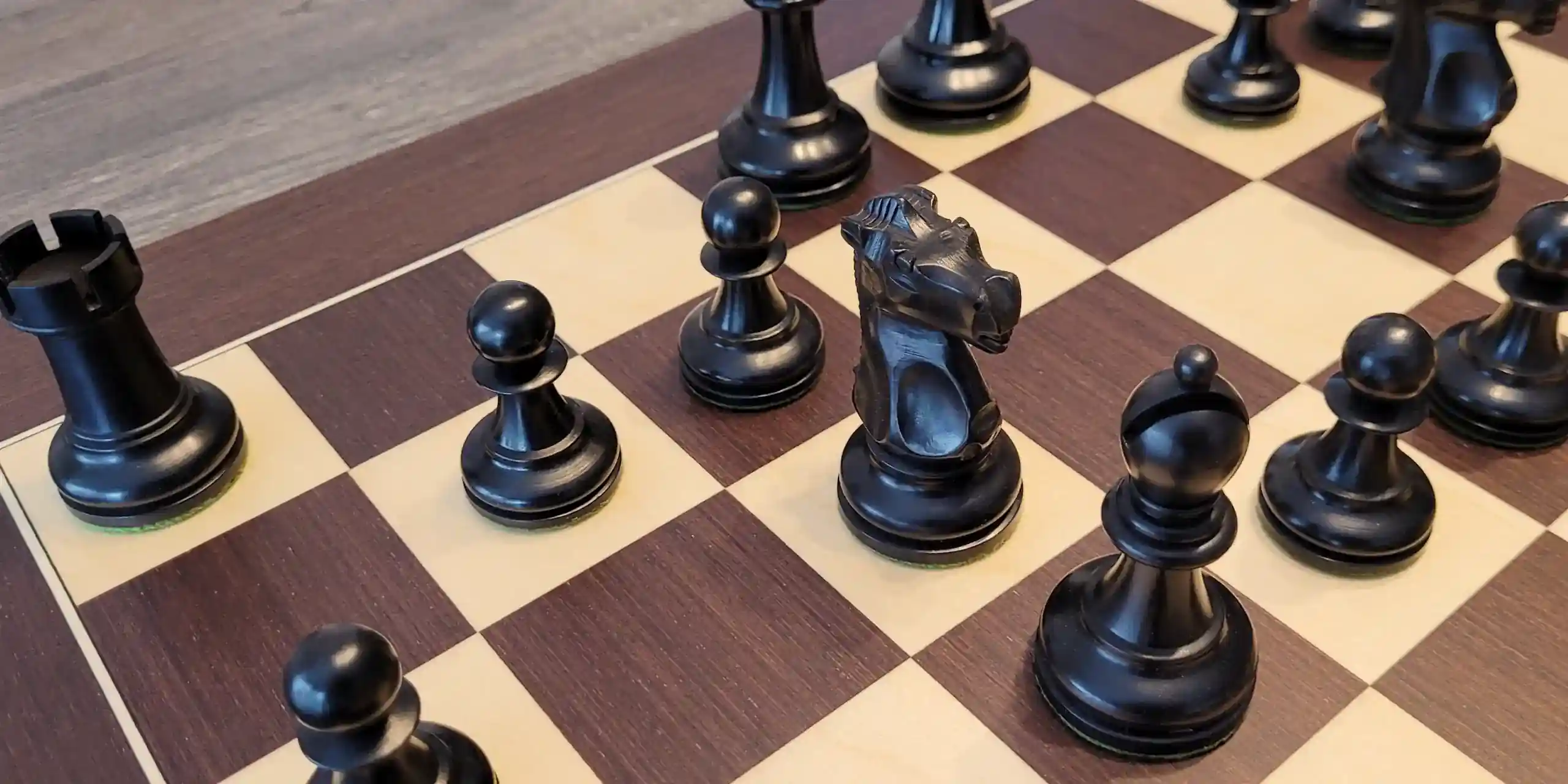
Master basic tactics and transform your chess games.
You've learned the rules of chess, but do you feel like you're stagnating? Are you losing games without really understanding why? The answer probably lies in basic chess tactics. For a beginner, understanding and mastering tactics is the fastest and most effective way to improve and start winning games.
This comprehensive guide, written by a coach ranked in the top 1% worldwide, will explain everything you need to know about fundamental chess tactics.
What will you learn in this guide to chess tactics?
- What a tactic is and why it's crucial for beginners.
- The 5 essential tactical motifs: the fork, the pin, the skewer, the discovered attack, and removing the defender.
- Clear examples and diagrams for each tactic.
- How to develop your tactical sense and spot opportunities.
- A training routine to master tactics.
What is a chess tactic?
A chess tactic is a short-term sequence of moves aimed at gaining an advantage. This advantage can be:
- Winning material (capturing an opponent's piece of greater value).
- Delivering a checkmate.
- Significantly improving your position.
For a beginner, the vast majority of games are decided by tactical mistakes. By learning to spot tactical patterns, you can not only avoid making mistakes but also capitalize on your opponent's.
The 5 basic tactics every beginner should know
1. The Fork
The fork is a tactic where a single one of your pieces attacks two or more of your opponent's pieces at the same time. The knight is particularly formidable at creating forks.
Example of a knight fork:
In this position, the white knight on c4 simultaneously attacks the black king on e8 (check) and the rook on a8. The black king must move, and on the next move, the white knight will capture the rook.
Coach's tip: Always look for fork opportunities, especially with your knights. It is one of the most common tactics in beginner games.
2. The Pin
The pin is a tactic that occurs when an attacking piece prevents an opposing piece from moving, because a more valuable piece is behind it on the same rank, file, or diagonal.
Example of a pin:
Here, the white bishop on f3 pins the black knight on d5. The knight cannot move, as this would put the black king in check. The knight is therefore "pinned".
Types of pins:
- Absolute pin: The piece behind is the king. The pinned piece cannot legally move.
- Relative pin: The piece behind is another piece (e.g. a queen or a rook). The pinned piece can move, but this would result in a material loss.
3. The Skewer
The skewer is the opposite of the pin. In a skewer, the more valuable piece is attacked first. When it moves to escape the attack, the less valuable piece behind it is captured.
Example of a skewer:
In this example, the white rook on d1 attacks the black king on d8. The king is forced to move, and once it has, the white rook will capture the black queen on d7.
Coach's tip: Rooks and bishops are the ideal pieces for creating skewers. Always look to line up your pieces with your opponent's important pieces.
4. The Discovered Attack
The discovered attack occurs when you move a piece to reveal an attack from another of your pieces. It is a very powerful tactic because it allows you to create two threats in a single move.
Example of a discovered attack:
Imagine the white knight on d4 moves to f5. This move reveals an attack from the white rook on d1 on the black queen on d8. In addition, the knight on f5 can itself create a threat.
An even more powerful form is the discovered check, where the revealed attack is a check to the king.
5. Removing the Defender
This tactic consists of capturing an opposing piece that is defending another piece or an important square. Once the defender is removed, the piece or square it was protecting becomes vulnerable.
Example of removing the defender:
Here, the black knight on f6 defends the pawn on d5. If white could exchange their bishop on c1 for the knight on f6, the pawn on d5 would no longer be defended and could be captured.
How to develop your tactical sense?
- Solve tactics problems every day. Platforms like Lichess and Chess.com offer thousands of free tactical puzzles. Spend 10-15 minutes a day on this activity.
- Analyze your games. After each game, go back to the key moments and try to identify the tactical opportunities that you or your opponent missed.
- Study the games of grandmasters. Observe how the best players in the world use tactics to win their games.
- Think "checks, captures, threats". Before each move, systematically analyze the possible checks, captures, and threats for you and your opponent.
Conclusion: Tactics, your best weapon
Mastering basic tactics is the most important skill for a beginner chess player. By understanding and applying the fork, pin, skewer, discovered attack, and removing the defender, you will significantly increase your level of play and start winning a lot more games.
Remember: the key is practice. The more problems you solve and the more you play while paying attention to tactical patterns, the more quickly and automatically your brain will recognize them.
Ready to put it into practice? Start a game on Lichess or Chess.com and try to spot your first tactic!